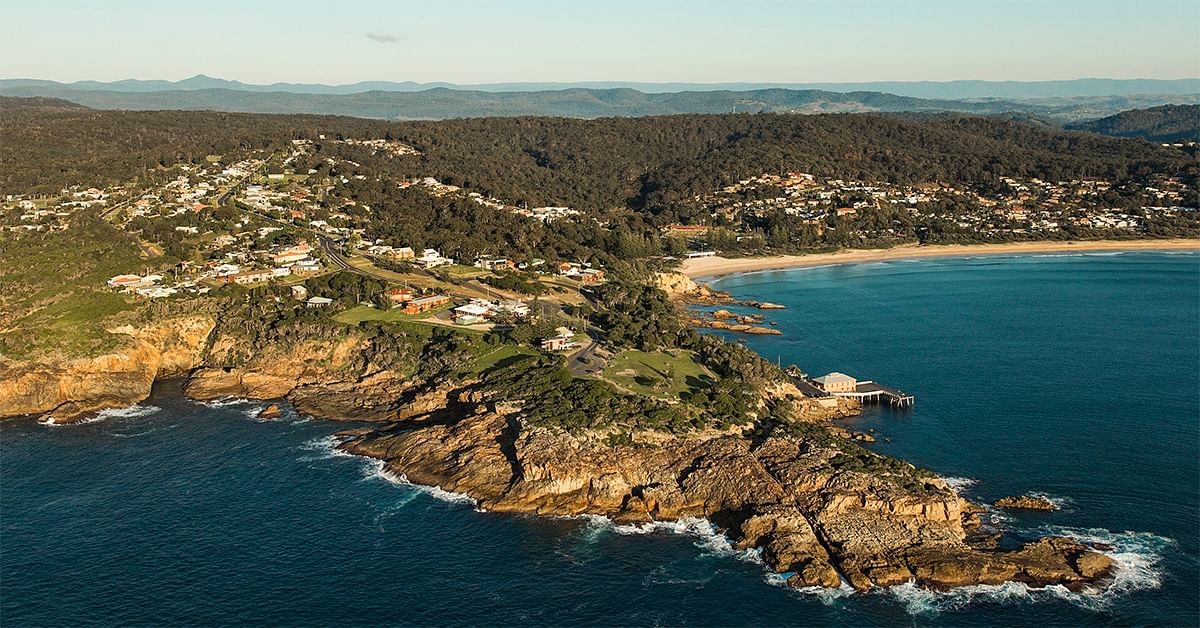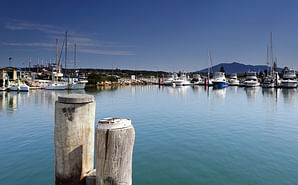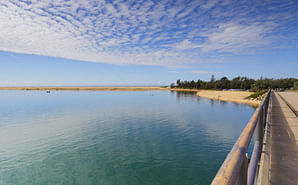Aboriginal Cultural Heritage - raising the bar
Bega Valley Shire Council is committed to pursuing best practice when it comes to consideration of Aboriginal Cultural Heritage in our Development Control Plan (DCP) and we are seeking the community's support and assistance to ensure this can occur.

Photograph: The Cultural Heritage Landscape Map shows which parts of the Bega Valley are more likely to contain areas of significance for Aboriginal people.
2 June 2020
Bega Valley Shire Council is committed to pursuing best practice when it comes to consideration of Aboriginal Cultural Heritage in our Development Control Plan (DCP) and we are seeking the community’s support and assistance to ensure this can occur.
Key to pursuing this goal is the current exhibition of an “Aboriginal Heritage” chapter in the DCP and the Cultural Heritage Landscape Map that accompanies the background information.
The Cultural Heritage Landscape Map shows which parts of the Bega Valley are more likely to contain areas of significance for Aboriginal people – in many cases these are places like ridgelines, areas adjacent to creeks and rivers, caves, rock formations and coastal headlands.
This newly written chapter spells out everything that needs to be considered around development with respect to Aboriginal Cultural Heritage.
Council’s Aboriginal Strategic Planning Officer, Graham Moore, said this work is part of an ongoing process to ensure that our state legislation is being properly addressed and that we are honouring our Memorandum of Understanding with Aboriginal people during the development process.
“We want the community to fully understand why this step in the development process needs to be given greater attention,” Mr Moore said.
“Nothing in the legislation has changed, it’s just that on many occasions, development applications are very light in detail when it comes to Aboriginal cultural heritage and too often this leaves us with many unknowns around the potential impact.
“Requiring more detail is an essential step towards ensuring developers don’t do anything illegal under the National Parks and Wildlife Act, however, if anybody unintentionally disturbs or destroys Aboriginal heritage, carrying out a detailed level of due diligence also gives them a defence against potential prosecution.
“This is why the introduction of the Cultural Landscape Map is so important,” Mr Moore said.
The new chapter and mapping layer can be viewed by visiting www.begavalley.nsw.gov.au/haveyoursay.
To provide your feedback leave a comment on the Have Your Say page; provide a written submission via email to council@begavalley.nsw.gov.au; or provide a written submission via the post to PO Box 492, Bega NSW 2550.
The exhibition period will run through until Sunday, 2 August 2020.
For more information contact Council on 6499 2234 or email council@begavalley.nsw.gov.au.
END
Making an enquiry
All media enquiries and interview requests are coordinated by Council's Communication and Events team under the adopted Communications Policy. To view this policy, visit Public Policies and search 'communications'.
To submit a media enquiry or to request an interview:
- email media@begavalley.nsw.gov.au
- call 02 6499 2222
Councillors
Councillors can be contacted directly for enquiries regarding decisions of the elected Council and non-operational matters. Interviews with the Mayor should be arranged through the Communication and Events team contact details above.
Receiving information
If you’re a journalist or media organisation that would like to receive media releases and notifications about media opportunities, please email your name, title and contact details to media@begavalley.nsw.gov.au and we will add you to our distribution list.
You can also subscribe to Bega Valley Together and Business News, Council's fortnightly e-newsletters, or follow @begavalleyshirecouncil on Facebook and Instagram.






Was this helpful?